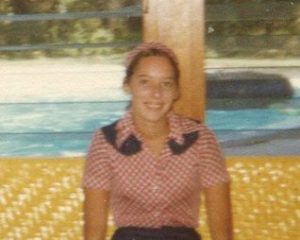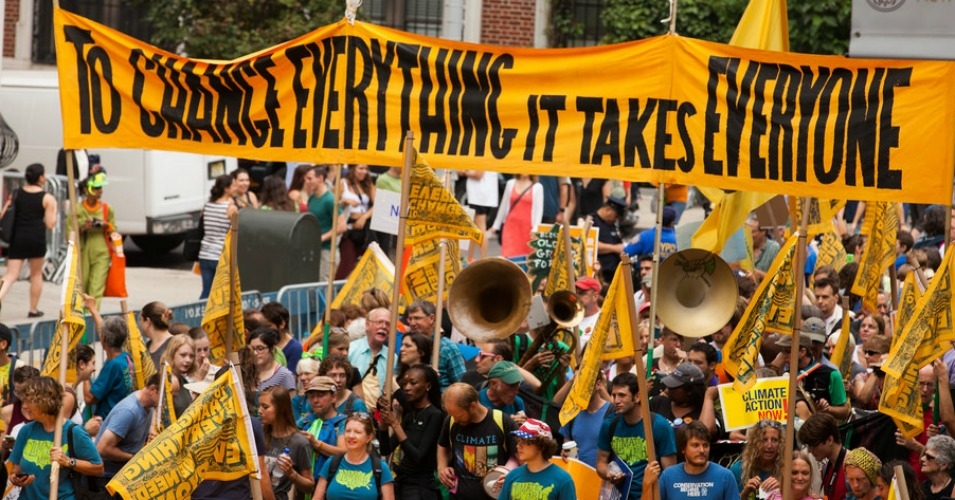Updated: Click here for Dragonfly’s YA/teen bookshelf.
Followers of this site will be familiar with my spotlight on authors who explore global warming in fiction. This is a diverse series–recognizing various genres, voices, and storytelling styles which cover the subject of climate change found in fiction. Generally speaking, climate change may be a strong character, a motivator of plot, the crux of dramatic tension, or a very strong backdrop in a story. It can also encompass genre or literary fiction.
Over the summer, I decided to offer a sub-series of the spotlight, beginning November 2018, which will focus–for a few months–on authors whose audience is comprised primarily of young adults and teens. This audience does not exclude adults! I’ve covered such authors before, and will continue to do so later, but something about now, at this time in history, inspired me to emphasize the work that’s happening currently.
I recently read Edan Lepucki’s short story “There’s No Place Like Home,” told from the perspective of a 14-year-old girl in a much-climate-changed future. The girl, Vic, says that she and her friends would remain children until they die. That they were in a stuck generation. This thought is raw and real, and, who knows, may become an actuality for a lot of future kids–already is in some places. Either way, it’s unimaginable, unacceptable, and unforgivable, particularly when the reasoning behind an impossible future and present Earth is something that could have been prevented if we’d listened to scientists before now and could still be mitigated at least somewhat if we listened to scientists now instead of corrupt politicians. Truth is, we haven’t allowed ourselves the wisdom of forethought. We have grabbed what’s there for the taking instead of recognizing our natural resources as finite or our planet as destructible. This is unfair to our children and their children and their children, and so on, who will also call Earth their home.
Yet, I’m also amazed that, despite the turmoil of our current world, younger generations have taken it upon themselves to begin to lead and say, “No, it won’t be this way when I can vote” or “No, it won’t be this way when I can have a say.” Active hope in the face of growing adversity in the world is the only reason we keep going. The only reason we ever had to keep going. And the only reason we ever will. It’s those who light the candles in the darkness who inspire us and lead the way. What about Solange Disi, who was raped, which resulted in a pregnancy, who now tutors others in her Rwandan village about standing up for their rights. Or Crystal Clark-McGregor, from Ontario’s Whitefish River First Nation, who teaches children about their natural heritage. Who did not break down upon listening to Emma Gonzeles, who is leading the anti-gun-movement among youth. “Fight for your lives before it’s someone else’s job,” she said at the March for Our Lives. Or David Hogg, another teenager fighting gun laws. Or what about Jamie Margolin, who founded Zero Hour: “We are the ones we’ve been waiting for.”
There are so many more.
And fiction writers create heroes too. Most of the time, the teenagers and young adults found in fiction are ordinary people. But ordinary is a misconception, since they are really extraordinary in their determination to light their own candles, despite the overwhelming darkness engulfing them. Often times, like in Beasts of the Southern Wild, the hero is what some would consider a young, poor, uneducated, unimportant person on the fringe–nope, she was a rich, strong, and beautiful person who turned the tide. When I talked with author Marissa Slaven about how she came up with the character “Tic” Brewer in her climate change novel Code Blue, she said:
I was inspired to write Code Blue for my daughter Anna. She has always loved reading, and she and I were sharing dystopian books with strong female protagonists. I was happy that there were so many examples of girls saving the world. I kept looking for one in the mainstream market who saved the world not because she was brave, or could shoot arrows or jump off trains, but because she was smart.
The New York Times recently had an article titled “What Students Are Saying About: Climate Change, Young Adult Novels and Snail Mail.” There are such comments as:
I am terrified of the direction we are heading in.
People in this generation are growing up not taking action in helping prevent a bad environment.
In 2040, I will be 37. I do not want to live in a world where the next 20 years hold uncertainty and disaster.
In their responses to how important literature and YA fiction is, are comments like:
Books or novels are like friends.
Personally, I believe that literature is the nourishment of mind and spirit.
I have definitely found that reading fictional novels that contain real life issues in them has helped me not so much just understand our world better, but it has consoled me with the fact that I am not alone and that some people go through the same things I go through and that some people feel the same way I do.
Tying issues like climate change and YA/teen fiction together may do some good for the world when it comes to younger generations–and older ones. For me, personally, I’ve always gotten inspired by good stories, whether fiction or nonfiction. As I’ve obviously now passed the ages of teen and young adult, I am not growing old in heart or mind, and I perfectly recall those younger years just like they were yesterday. I remember the wonderful stories I read, especially ones close to nature, and recognized our exponential growth and thus environmental destruction. I haven’t changed a bit since those ages. I understand. I get it.

I feel like I still want to change the world. But I often feel powerless, as I guess we all do. I recognize the younger generation as the ones who just might, after all, really turn the tide. I see us doing it, a little at a time. And I know that history, present, and future is perpetually a tug-a-war of different ideologies, none of which so far have put Earth first. Can that change someday? How awkward for this hope to finally land in the hands of those who will experience the worst of the messes that we made. May they have that chance to become unstuck.
Stay tuned, beginning mid-November, for these stories aimed toward a younger generation. I have some exciting authors lined up and am excited to share their stories.
You may also browse the YA/teen bookshelf here at Eco-fiction.com.
The featured image is by South Bend Voice, CC BY-SA 2.0.
